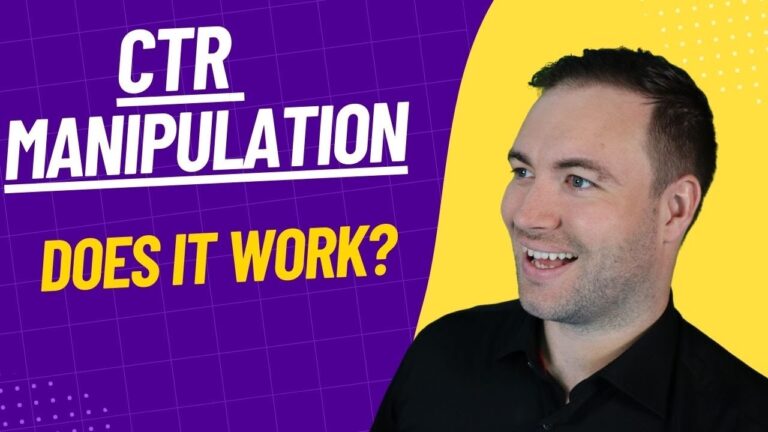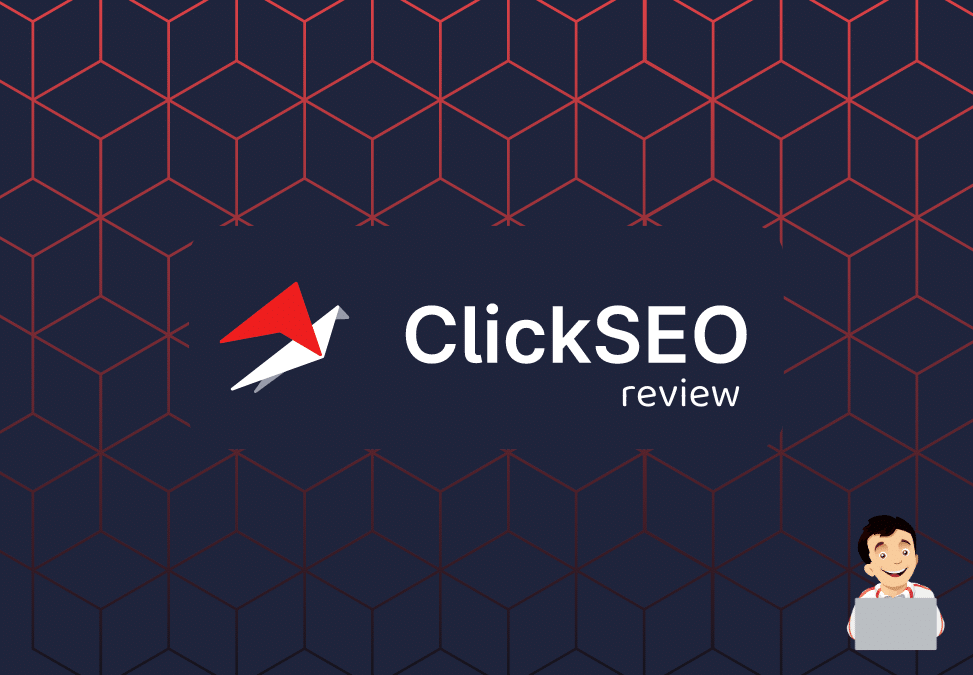Enhancing Organic Click-Through Fees With CTR Manipulation
The optimization of natural click-through prices (CTR) is a nuanced undertaking that pivots on understanding both user psychology and effective content discussion. The landscape is raging with false impressions and oversimplifications concerning what absolutely drives CTR.
Comprehending Click-Through Fees
Recognizing click-through prices (CTR) is important for assessing the effectiveness of internet marketing techniques. CTR gauges the percent of users who click on a certain link or advertisement contrasted to the overall variety of users who see it. A higher CTR suggests that the material is engaging and pertinent to the target market, while a reduced CTR may signify a demand for optimization.
To compute CTR, split the number of clicks by the variety of impressions and increase by 100. For circumstances, if an ad obtains 300 clicks out of 10,000 perceptions, the CTR would certainly be 3%. This statistics is critical for evaluating various components of digital advertising and marketing, consisting of seo (SEO), e-mail projects, and social networks marketing.
Additionally, evaluating CTR aids marketing experts determine which approaches produce the most effective outcomes and which require refinement. By concentrating on improving CTR, organizations can enhance their web content's exposure and efficiency, resulting in raised web traffic and possible conversions. Understanding the subtleties of CTR is fundamental for any marketing expert aiming to enhance their on-line presence and make best use of roi (ROI)

The Psychology of User Behavior
User actions is dramatically affected by mental variables that dictate exactly how individuals connect with on-line content. Understanding these variables is crucial for maximizing click-through prices (CTR) in organic search results page. Cognitive predispositions, such as the anchoring impact, play an essential role in forming individuals' perceptions. Their first perceptions can heavily affect their subsequent judgments concerning significance and credibility. when customers experience details.
Emotional reactions additionally considerably influence user habits. Web content that resonates mentally can trigger a sense of necessity or curiosity, triggering customers to click. In addition, social proof-- such as customer reviews or scores-- can boost trust and encourage interaction, as people often want to the behaviors of others to notify their own choices.
Additionally, the concept of shortage can drive clicks - CTR Manipulation Press Release. Limited-time offers or exclusive content produce an anxiety of missing out (FOMO), compelling individuals to act quickly. Understanding these emotional vehicle drivers enables marketing professionals to create even more engaging content that reverberates with their target market
Reliable CTR Adjustment Techniques
Leveraging emotional understandings can significantly enhance click-through rates (CTR) with targeted manipulation methods. One of one of the most efficient approaches is making use of compelling headings that stimulate interest or urgency. Phrasing titles as inquiries or integrating numbers can draw in more focus, triggering individuals to click.
An additional strategy entails maximizing meta descriptions to create a feeling of importance and immediacy. By clearly detailing the benefits or services supplied in the web content, you can engage possible readers and persuade them to click. Additionally, making use of power words-- such as "special," "shown," or "totally free"-- can improve the allure of your content.
Aesthetic components additionally play a vital function. Incorporating distinctive photos or thumbnails can draw individuals in and boost CTR. A/B screening different visuals can aid identify which photos reverberate best with your target market.
Lastly, making sure that your content assures deliverable worth results in greater CTR. They are much more likely to engage when users view that clicking will provide them with significant understandings or remedies. By using these methods thoughtfully, marketing professionals can efficiently adjust CTR to their benefit while preserving honest standards.
Typical Myths Concerning CTR
Numerous false impressions surround click-through prices (CTR) that can lead marketers to make misguided decisions. One common misconception is that a higher CTR always equates to better performance. While a high CTR suggests that even more customers are clicking, it does not guarantee sales or conversions. Eventually, the effectiveness of website traffic depends on the top quality of the landing page and the importance of the web content.
Another typical belief is that CTR is a separated metric. In reality, CTR needs to be evaluated in combination with various other performance indicators, such as bounce rate and conversion price, to obtain an all natural sight of project success.
Furthermore, some marketers assume that optimizing for CTR alone is sufficient. Focusing exclusively on CTR can lead to clickbait methods that might attract clicks yet fall short to involve users meaningfully. LinkDaddy CTR Manipulation. This strategy can this hyperlink hurt brand online reputation and cause reduced retention prices
Finally, there is a notion that CTR strategies are widely effective. The reality is that optimal CTR techniques can vary considerably across sectors and target audiences, demanding tailored strategies for different market sections. Understanding these misconceptions is important for developing efficient CTR strategies that line up with overarching marketing goals.
Gauging CTR Success
Although high click-through rates (CTR) can suggest effective engagement with material, gauging their true website here success needs a thorough analysis of a number of variables. First, it is essential to comprehend the context in which the CTR is attained. A high CTR on a misleading title may not translate to significant engagement or conversions, ultimately reflecting inadequately on the brand name's reputation.
Second, reviewing the resource of website traffic is crucial. Organic website traffic from online search engine can signify a robust content technique, while clicks from pointless sources may suggest an absence of targeting. Additionally, determining the subsequent user actions is crucial; examining metrics such as bounce price, time spent on web page, and conversion rates can supply much deeper insights into the high quality of the involvement started by the CTR.

Conclusion

The optimization of natural click-through rates (CTR) is a nuanced undertaking that pivots on understanding both individual psychology and effective content presentation. CTR measures the portion of customers that click on a specific web link or ad compared to the overall number of users who see it. A greater CTR shows that the content is engaging and relevant to the target audience, while a lower CTR might signify a need for optimization.
Concentrating solely on CTR can lead to clickbait strategies that might bring in clicks however stop working to engage customers meaningfully. Additionally, determining the succeeding user habits is essential; evaluating metrics review such as bounce rate, time spent on web page, and conversion prices can offer deeper understandings into the top quality of the engagement initiated by the CTR.
Comments on “Optimize Your Online Impact with LinkDaddy CTR Manipulation Solutions”